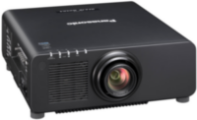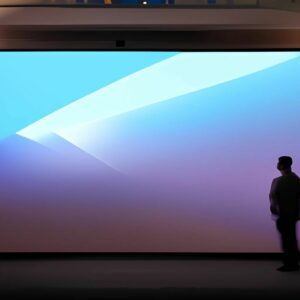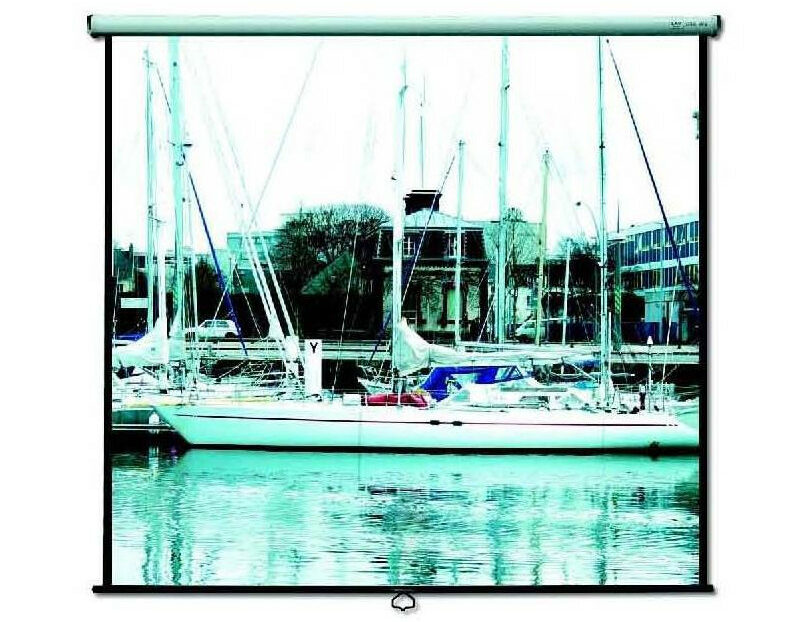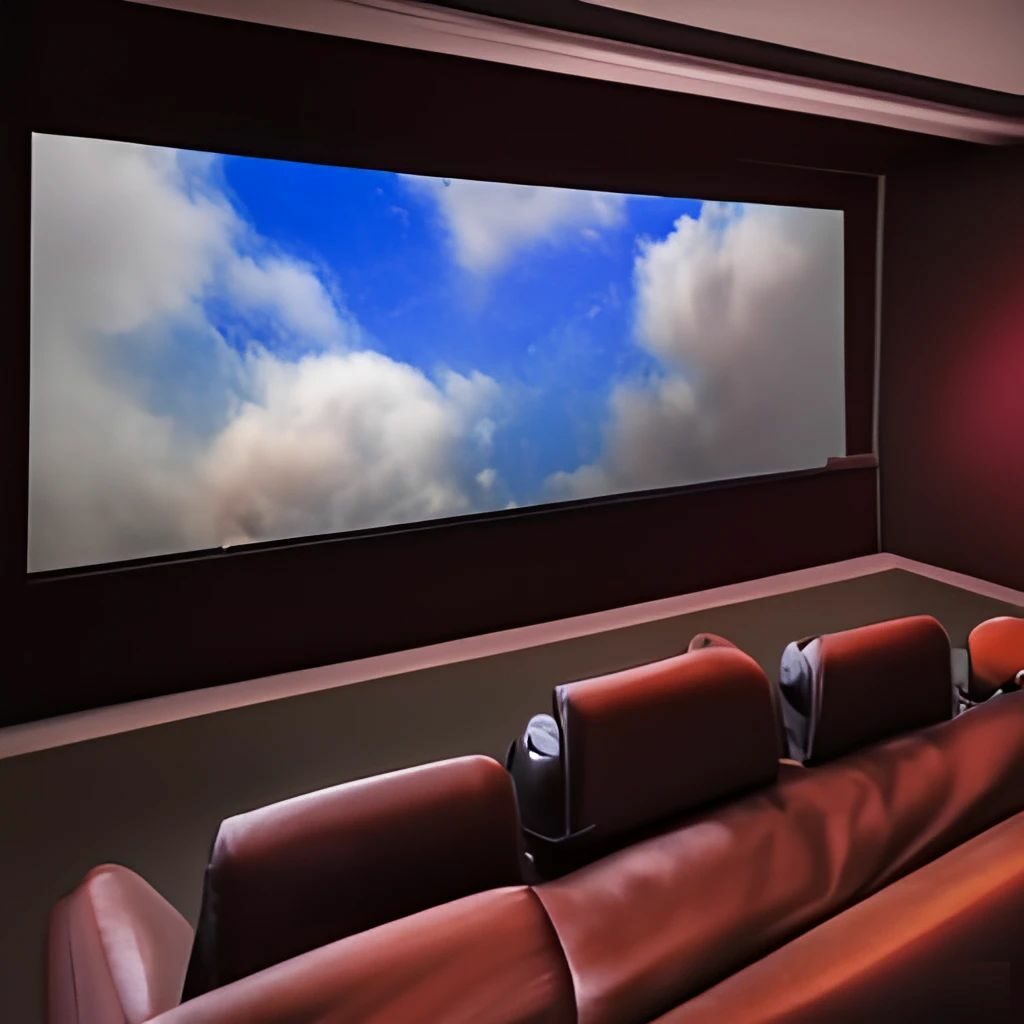If you’re a person who loves watching movies, playing video games, or giving presentations, you know that having the right projector screen size is essential for the best viewing experience. But with so many options available, it can be challenging to know where to start. In this blog post, we’ll guide you through the process of choosing the perfect projector screen size for your needs.
Understand Aspect Ratio
The aspect ratio of a projector screen refers to the proportional relationship between its width and height. Common aspect ratios include 4:3, 16:9, and 2.35:1. The aspect ratio you choose will depend on your intended use. For example, if you plan to watch movies, a 16:9 aspect ratio screen is ideal because it matches the aspect ratio of most films. However, if you’re giving a presentation or displaying data, a 4:3 aspect ratio may be better suited for your needs.
 Consider Viewing Distance
Consider Viewing Distance
The distance between the projector and the screen will determine the optimal screen size for your setup. To determine the right size, you’ll need to consider the viewing distance, which is the distance between the screen and the viewer’s eyes. For a home theater setup, a good rule of thumb is to multiply the viewing distance by 0.84 to determine the optimal screen size. For example, if your viewing distance is 10 feet, you should choose a screen size of 100 inches.
Determine Lumens
Lumens refer to the brightness of the projector, which is essential for creating a clear image. The higher the lumens, the brighter the image, and the larger the screen size you can use. However, higher lumens also mean a more expensive projector. To determine the right lumens for your projector, consider the ambient light in the room where you’ll be using it. If you have a dedicated home theater room with no ambient light, a projector with 1500 to 2000 lumens will suffice. However, if you plan to use the projector in a room with windows and other light sources, you’ll need a brighter projector, typically with 3000 to 4000 lumens.
Consider Screen Material
The material of the projector screen can also impact the optimal screen size. Some materials reflect more light than others, which can affect the brightness and clarity of the image. For example, screens with a higher gain (i.e., reflective) will produce a brighter image, which can allow you to use a larger screen size. However, if you have a low gain screen, you may need to choose a smaller screen size to maintain image quality.
Think about Your Space
Finally, consider the space where you’ll be using the projector screen. If you have a small room, you may need to choose a smaller screen size to avoid overwhelming the space. However, if you have a larger room, you can choose a larger screen size to create a more immersive viewing experience. Additionally, consider whether you’ll be mounting the screen or using a portable stand. If you’re mounting the screen, make sure you have enough wall space to accommodate the screen size you choose.
Conclusion
Choosing the right projector screen size can make all the difference in your viewing experience, whether you’re watching a movie, playing a video game, or giving a presentation. By understanding aspect ratio, viewing distance, lumens, screen material, and your space, you can make an informed decision about the optimal screen size for your needs. With this guide, you’ll be able to choose the perfect projector screen size like a pro.
If you are in search of a projector screen, you may consider browsing through the online store listed below.
https://projector.com.sg/projector-screen

 Consider Viewing Distance
Consider Viewing Distance
